Side sleeping is the go-to position of many people. However they may not be aware that this comes with certain health benefits. In fact, different sleeping positions could lead to different results in the body, for good and bad. In general, people should sleep however they find themselves most comfortable. Still, if they are experiencing symptoms like back pain, jaw pain, poor digestion, and more, they may want to consider changing their bed positioning. To be more specific, they may want to consider sleeping on their left side.
The Benefits of Sleeping on Your Left Side

-
- Reduce back pain – Sleeping on the stomach could pressure the spine and cause aching. Side sleeping keeps the spine in a naturally straight position and reduces the pressure in the lower back.
- Reduce snoring – Sleeping on the back causes the tongue and soft palate to slide backward and partially cover the airway, causing increased snoring. It’s also a common occurrence for people with sleep apnea. But side-sleeping keeps the tongue forward and the airway clear.
- Improve digestion – Sleeping on the left side, in particular, could ease some gastrointestinal symptoms like bloating, constipation, and heartburn. The stomach is on the left side of the body, so lying on that side allows gravity to aid the digestion process. [1]
- It may help with brain health. Many people are unaware that the brain eliminates waste during slumber. Studies indicate that side sleeping helps the brain clear metabolic waste more effectively by supporting the glymphatic system, which is similar to our lymphatic system, but in our central nervous system. This may help reduce the risk of Alzheimer’s Parkinson’s, and other brain diseases, according to animal studies. More research is needed on humans to expand on these concepts further. [2]
- Improves blood flow – Good circulation is crucial during pregnancy to allow blood to flow to the placenta. This is why it’s recommended that expecting women sleep in this position.
Read More: Sweating In Your Sleep? 7 Possible Reasons for Night Sweats
How to Train Yourself to Sleep on Your Side

Choose a good pillow and mattress
- Find a pillow well-suited to your collarbone structure.
- Ensure the pillow is firm enough to support the neck.
- Mattresses must often be softer to prevent pressure from building in the shoulders and hips.
Use pillows as barriers and supports
- Put a pillow between your knees to support your hips and lower back
- You can also hug a pillow to comfortably rest your upper arm.
- Invest in body pillows to maintain your position.
- Sew a tennis ball onto the back of a shirt to prevent yourself from rolling over.
Sleep on the couch at first
- Couches are often narrow and only have room for side sleeping anyway.
Disadvantages of Sleeping on Your Side
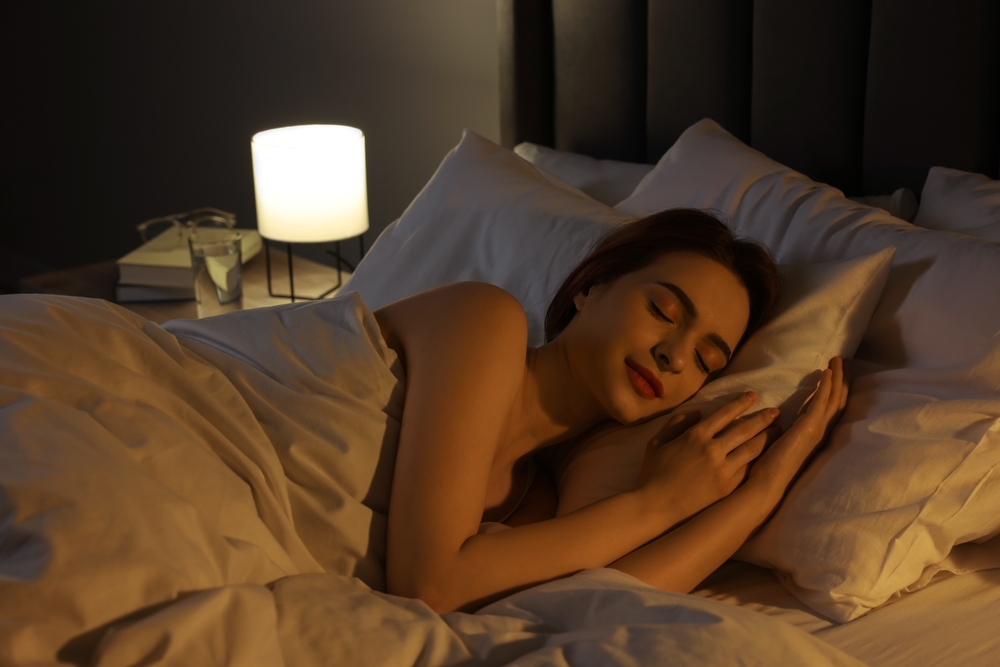
Although this position could provide many benefits, it’s not for everyone, especially those who use mattresses and pillows that make side sleeping uncomfortable. These disadvantages include:
- Pain in the shoulders and hips
Side sleeping on too-firm mattresses could increase pressure on the shoulders, hips, and knees. However, too-soft mattresses could cause the spine to go out of alignment and also cause pain.
- Pressure in the face
People with sinus congestion and glaucoma may experience painful or uncomfortable pressure in their faces when they lie on their sides. Additionally, it could worsen a tight or stiff jaw.
Read More: The Benefits of CBD for People with Insomnia and Other Sleep Disorders
The Benefits and Disadvantages of Other Sleeping Positions
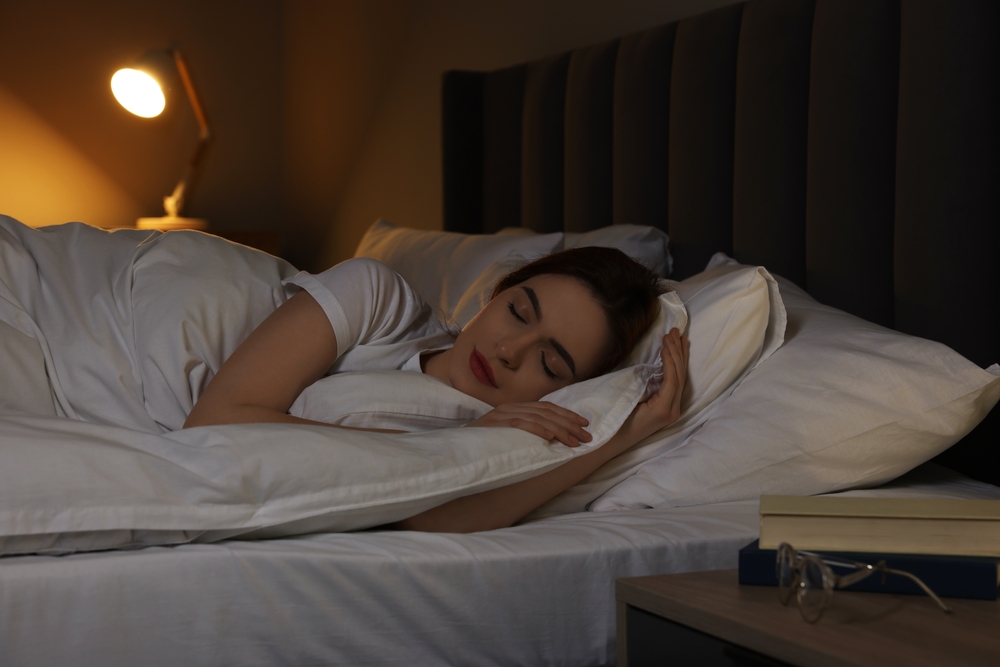
Ultimately, people should sleep in any way they feel most comfortable. But it’s important to consider how your sleep position could affect your body, for better or worse. You could also begin your nights on your left side and allow your body to assume whatever position it prefers. Also, sleeping on the right side also comes with benefits, so don’t stress about trying to retrain yourself if it’s not coming easily. Similarly, there are pros and cons to sleeping on the back and stomach.
Sleeping on your back
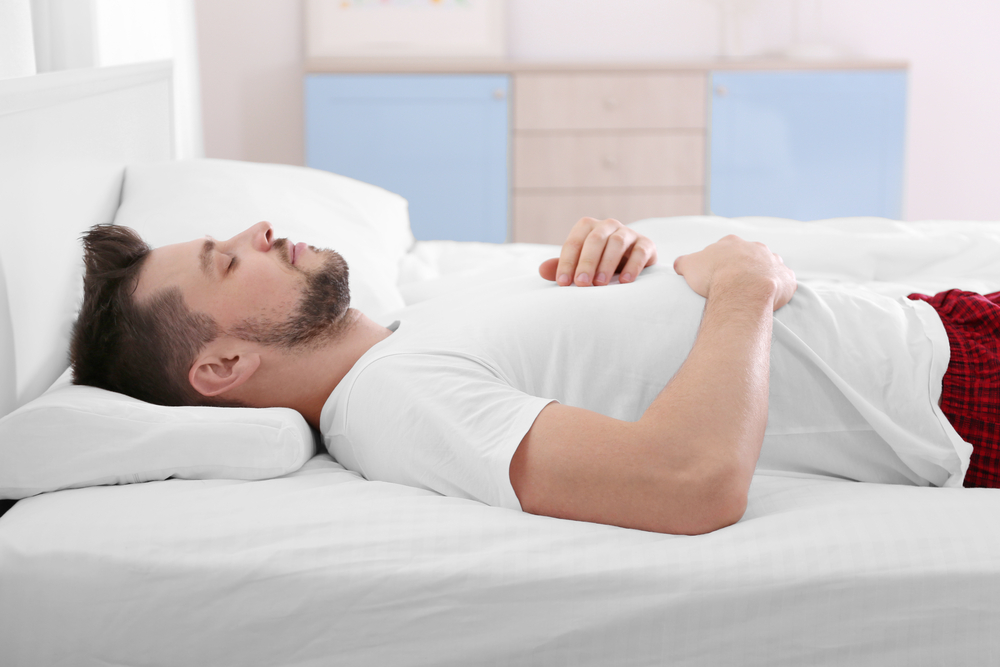
Benefits – It may help with:
- Hip pain
- Knee pain
- Arthritis
- Fibromyalgia
- Sinus congestion
- Bursitis
Tips:
- Place a pillow under your knees to support the spine and lower back.
- Spread the legs and arms out to reduce pressure on the joints.
- Choose a pillow that offers good support for the neck, and avoid the ones that tilt your chin toward your chest.
- Elevate the head with extra pillows or a wedge pillow to help reduce heartburn, headaches, and sinus buildups.
Sleeping on your stomach
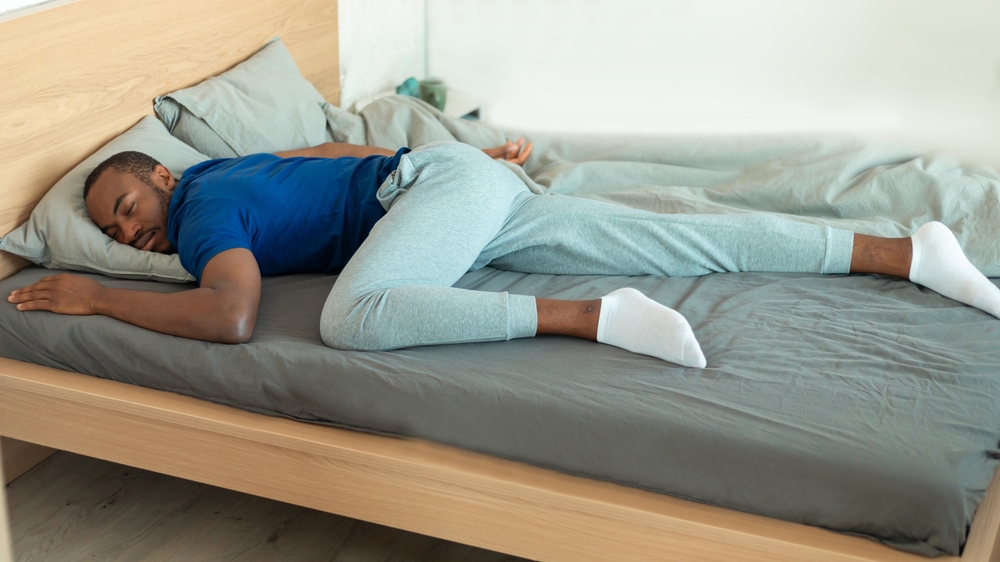
Unfortunately for those who enjoy this position, experts warn against it. “If you are sleeping on your stomach and notice you are suffering back pain, there probably is a reason,” says Bill Fish, a certified sleep science coach. “Since the majority of the weight of the human body is around your center, that core pushes into the sleep surface further and basically puts strain on your spine in the wrong direction, causing back and neck pain.”
Still, here are some tips for those who can’t switch to their side:
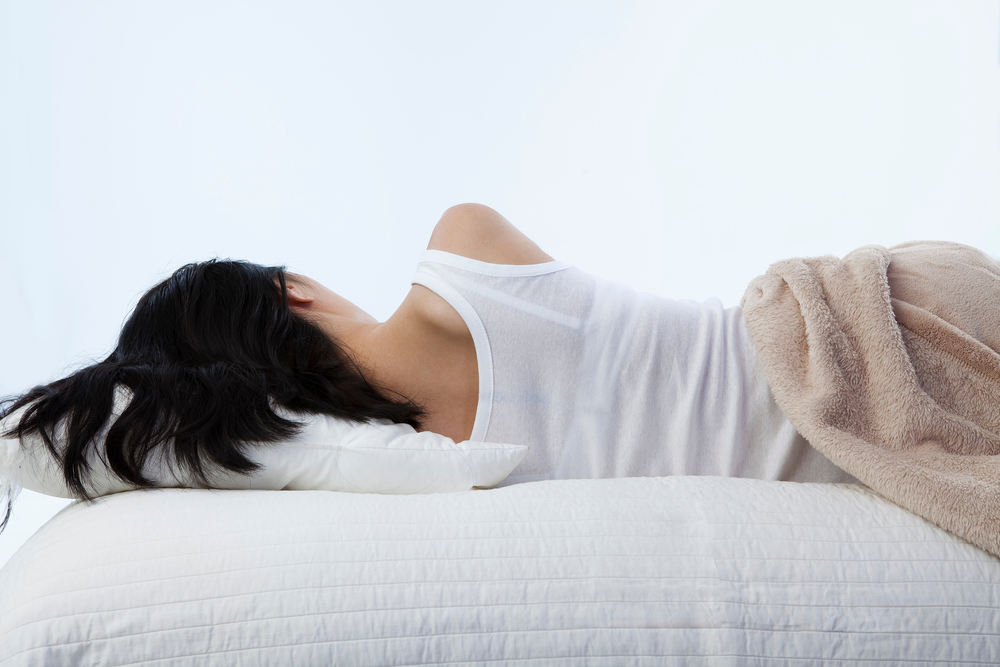
- Use a flat pillow or none at all.
- Don’t tuck your arms under your pillow or head, since this could cause arm numbness or shoulder joint pain.
- Alternate the sides of your head to avoid neck pain.
- Don’t lift your leg to one side with a bent knee since this could worsen back issues. [3]
Read More: 21-Year-Old Sentenced To 10 Days in Jail for Oversleeping, Missing His Jury Duty
Sources
- “Side Sleeping: Which Side Is Best and How to Train Yourself to Do It.” CNET. Taylor Leamey. July 7, 2022
- “Could body posture during sleep affect how your brain clears waste?” Science Daily. August 4, 2015
- “How These 3 Sleep Positions Affect Your Gut Health.” Healthline. Jennifer Chesak. March 20, 2023




